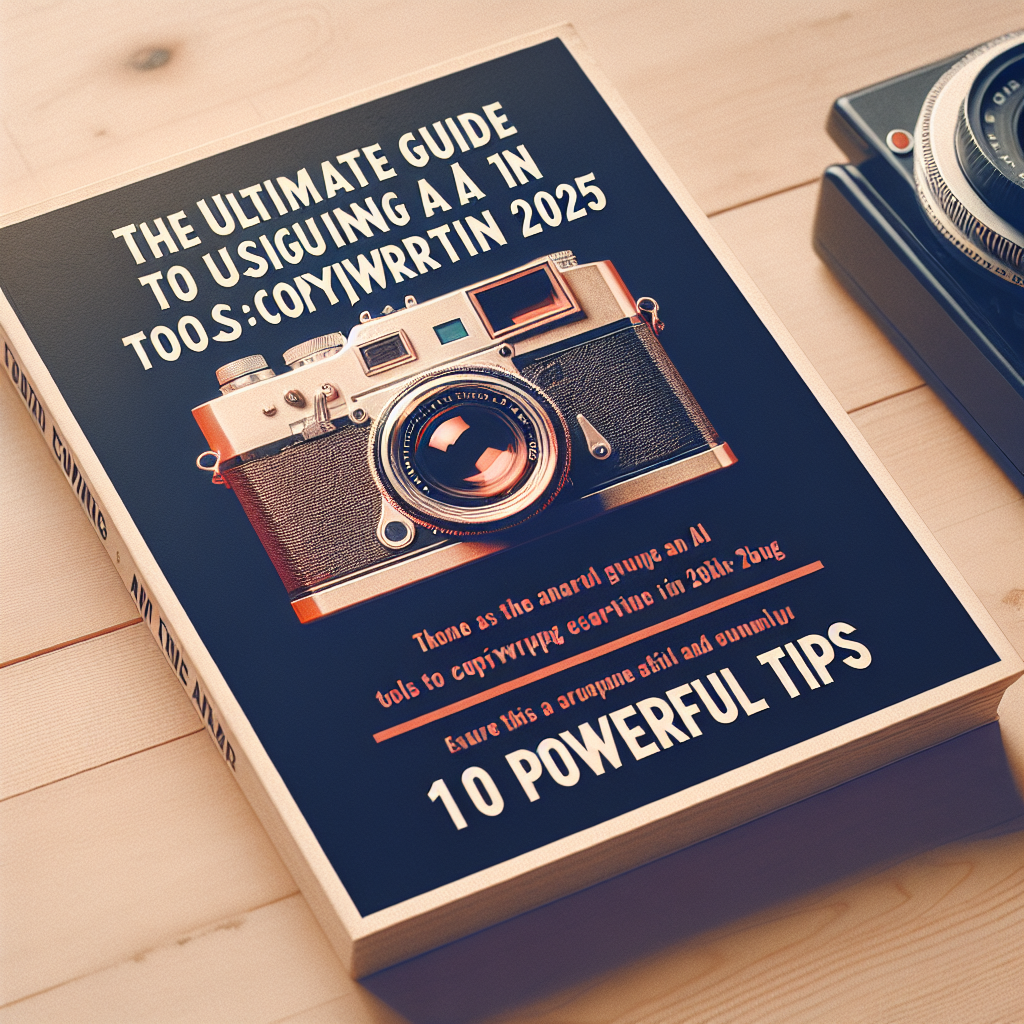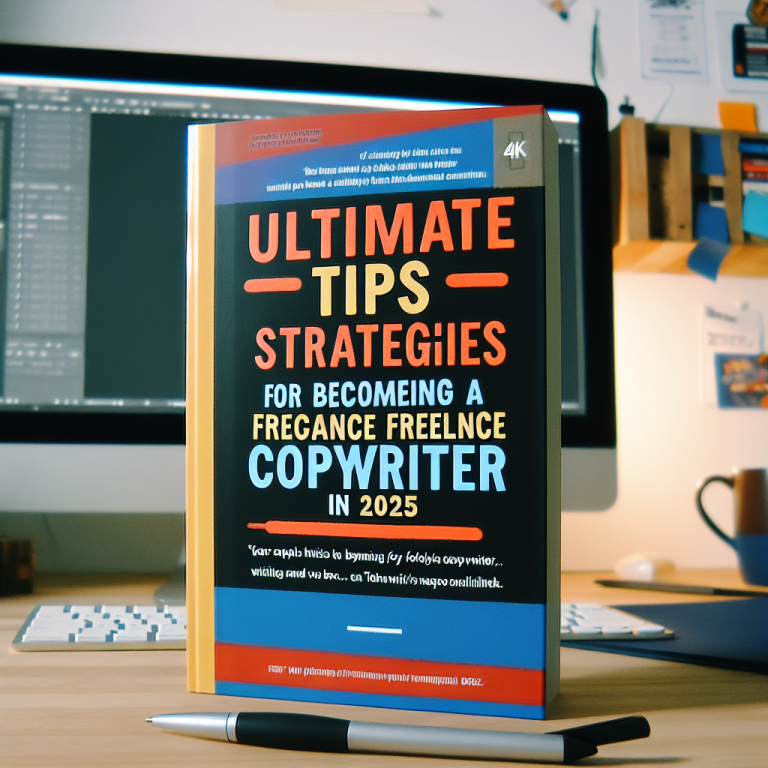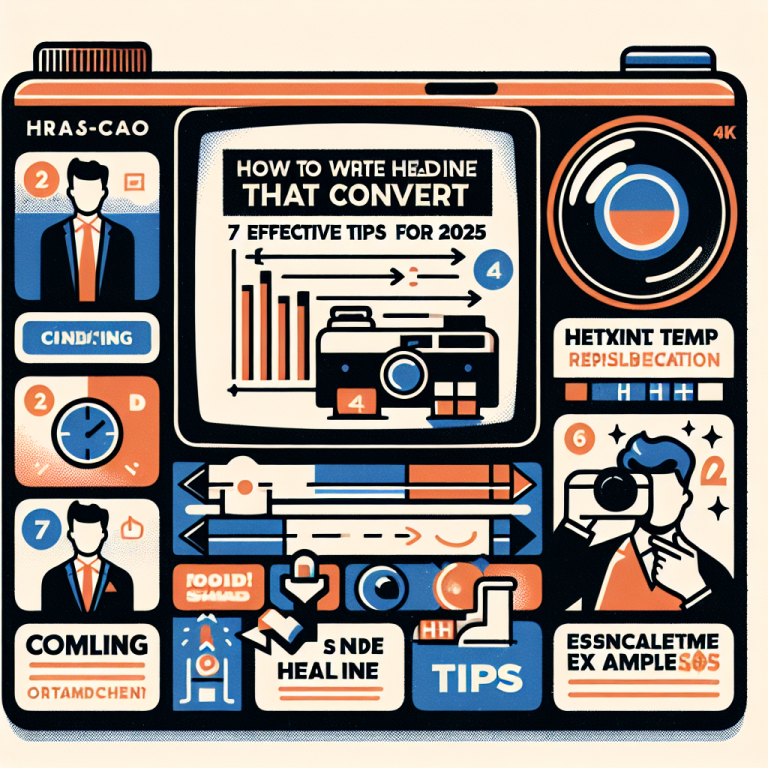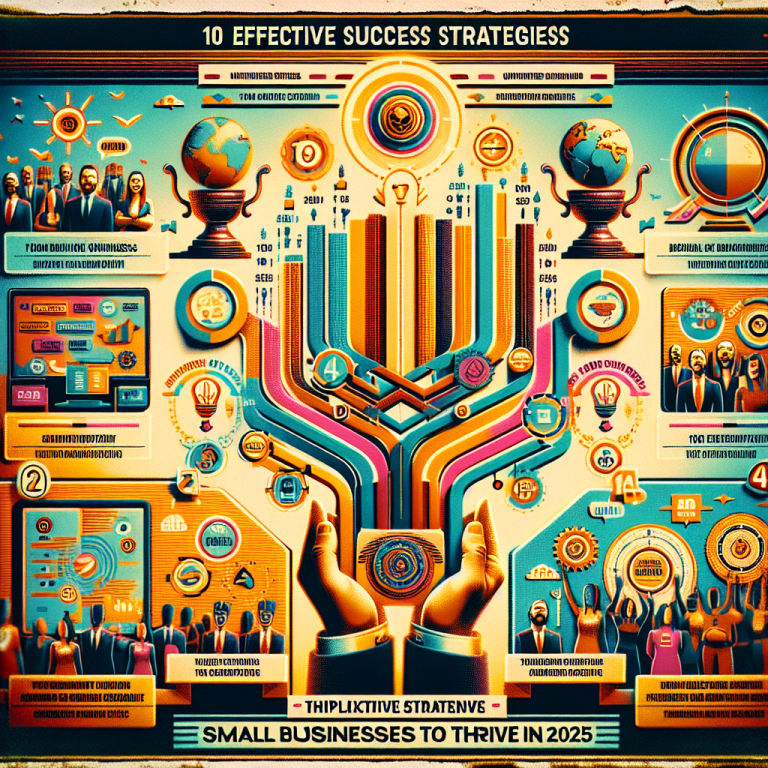The Ultimate Guide to Using AI Tools for Copywriting in 2025: 10 Powerful Tips
In 2025, using ai tools for copywriting has become a game-changer for marketers, entrepreneurs, and content creators. These tools help craft compelling, optimized content quickly and efficiently, saving both time and resources. Whether you’re a seasoned copywriter or just starting out, understanding how to effectively leverage AI solutions can significantly enhance your writing process. In this comprehensive guide, Iâll share 10 powerful tips to master using ai tools for copywriting this year.
Table of Contents
- 1. Understand Your AI Toolâs Capabilities
- 2. Set Clear Content Goals
- 3. Use AI for Brainstorming and Ideation
- 4. Optimize SEO with AI Assistance
- 5. Edit and Personalize AI-Generated Content
- 6. Stay Updated with Latest AI Features
- 7. Incorporate Human Creativity and Voice
- 8. Combine Multiple AI Tools for Best Results
- 9. Monitor Performance and Adjust
- 10. Ethical Use and Transparency
1. Understand Your AI Toolâs Capabilities
Evaluating the Strengths and Limits
Every AI tool for copywriting offers unique features. Some excel at generating creative content, while others focus on SEO optimization or tone adjustment. It’s essential to familiarize yourself with these capabilities early on. For example, GPT-based tools can craft diverse styles but may need human editing for nuance.
Knowing your toolâs limitations helps set realistic expectations. For instance, while AI can generate bulk content rapidly, it might lack the depth or emotional resonance a human writer provides. This understanding allows you to combine AI’s efficiency with personal touch for the best results.
Research and test different platforms to find which ones align with your goals. Popular options like Jasper, Copy.ai, or Writesonic each have their strengths. Take advantage of free trials to explore their features in 2025âs dynamic content landscape.
2. Set Clear Content Goals
Defining Your Target Audience
Using ai tools for copywriting is most effective when your goals are explicit. Start by identifying your target audience’s preferences, pain points, and language style. This clarity guides the AI to generate more targeted content.
For example, if you’re creating B2B content, instruct the AI to adopt a professional tone. Conversely, for younger audiences, opt for casual and engaging language. Clear goals lead to more relevant outputs and save editing time.
By setting specific objectives like increasing conversions or boosting brand awareness, your AI-generated content will be aligned with your marketing KPIs. This strategic approach is crucial in 2025’s competitive digital environment.
3. Use AI for Brainstorming and Ideation
Generating Fresh Ideas Quickly
One of the biggest advantages of using ai tools for copywriting is rapid brainstorming. If youâre stuck on topics or angles, AI can provide a list of options in seconds. This accelerates the creative process significantly.
For example, you can prompt the AI with a general theme like “sustainable packaging” and receive multiple headline and content ideas. This helps overcome writerâs block and stimulates innovative thinking for your campaigns.
In 2025, leveraging AI for ideation is a standard practice among top content teams. Regular use can lead to unique angles that differentiate your brand in a crowded marketplace.
4. Optimize SEO with AI Assistance
Integrating Keywords Effectively
Using ai tools for copywriting can significantly improve your SEO strategy. Many AI platforms incorporate keyword suggestions and SEO best practices seamlessly into generated content. Simply input your target keywords, and the AI can incorporate them naturally.
In 2025, staying ahead in search rankings requires smart SEO integration. AI tools help by suggesting related keywords, meta descriptions, and optimize content structure. This ensures your copy is both engaging and discoverable.
Pro tip: Regularly update your keyword list based on current trends and analytics. AI can assist by analyzing top-performers in your niche and suggesting new opportunities.
5. Edit and Personalize AI-Generated Content
Adding Your Brand Voice and Tone
While AI can produce impressive drafts, personalization remains key. Always review AI generated content for alignment with your brand voice and values. Human editing guarantees that your messaging feels authentic.
Try customizing AI outputs by supplying examples of your brand language or tone preferences. This makes the content more relatable and trustworthy to your audience.
In 2025, blending AI efficiency with human authenticity is the secret to compelling copy. Donât rely solely on AIâuse it as a tool to augment your creativity.
6. Stay Updated with Latest AI Features
Adapting to Rapid Technological Changes
The AI landscape evolves fast. In 2025, new features like multi-language support, better contextual understanding, and enhanced personalization are common. Keep your tools updated to capitalize on these advancements.
Attend webinars, subscribe to industry newsletters, and participate in AI communities for ongoing learning. This continuous education helps you leverage the latest capabilities for using ai tools for copywriting effectively.
By staying informed, you ensure your content strategy remains innovative and competitive in the digital space.
7. Incorporate Human Creativity and Voice
Balancing AI and Personal Touch
AI can handle the heavy lifting of content generation, but the human element is irreplaceable for emotional connection. Infuse your copy with personal stories, humor, and brand personality for authenticity.
Use AI outputs as a foundation, then add your unique voice. This approach results in content that resonates more deeply with your audience and builds trust.
In 2025, the combination of AI efficiency and human creativity is the winning formula for standout marketing campaigns.
8. Combine Multiple AI Tools for Best Results
Using Specialized AI for Different Tasks
Donât settle for a single AI platform â integrate multiple tools to cover all your copywriting needs. For example, use one for initial drafts, another for SEO optimization, and yet another for language polishing.
This multi-tool approach maximizes efficiency and leverages the strengths of each platform, resulting in high-quality content faster. As of 2025, many top marketers use this strategy to stay ahead.
Explore the ecosystem of AI tools available and experiment to find your perfect blend.
9. Monitor Performance and Adjust
Using Analytics to Refine Content Strategy
AI tools can track how your content performsâclicks, shares, conversionsâand provide insights for improvement. Regularly review analytics to see what resonates with your audience.
Adjust your prompts and strategies based on this data to continually refine your use of ai tools for copywriting. This iterative process keeps your content relevant and effective in 2025âs changing landscape.
Practical tip: Set up dashboards to monitor Key Performance Indicators (KPIs) and automate reports for quick insights.
10. Ethical Use and Transparency
Building Trust with Honest Practices
Transparency about AI-generated content builds trust with your audience. Clearly disclose when content is produced or assisted by AI, especially in sensitive industries.
Respect copyright laws and avoid plagiarism by ensuring original ideas and proper attribution. Ethical use of AI also includes avoiding manipulative tactics like fake reviews or misinformation.
In 2025, maintaining ethical standards in using ai tools for copywriting is vital for long-term brand integrity and audience loyalty.
Frequently Asked Questions
Q1: How can using ai tools for copywriting improve my content strategy?
AI tools streamline content creation, improve SEO, and generate new ideas quickly, allowing you to focus on refining your message and engaging your audience more effectively.
Q2: What are the best AI tools for copywriting in 2025?
Popular options include Jasper, Copy.ai, Writesonic, and ChatGPT-based platforms, each offering unique features suited for different copywriting needs. Staying updated on new releases ensures you leverage the best tools available.
Q3: How do I ensure my AI-generated content is authentic?
Always personalize and edit AI outputs to align with your brand voice and add human touches. Transparency about AI involvement also fosters trust with your audience.
Q4: Is it legal to use AI for copywriting?
Yes, as long as you adhere to copyright laws, give proper attribution when necessary, and avoid content that infringes on intellectual property rights. Ethical use is critical for compliance and reputation.
Q5: How can I measure the effectiveness of using ai tools for copywriting?
Use analytics to track content performance metrics such as engagement, conversion rates, and SEO rankings. Incorporate feedback and continually optimize your AI-driven content strategy.
In conclusion, in 2025, mastering using ai tools for copywriting is essential for anyone looking to stay competitive in the digital world. These tools offer unmatched speed, creativity, and efficiency when used strategically. By understanding their capabilities, setting clear goals, and maintaining a human touch, you can produce compelling, optimized content that resonates and converts. Remember, leveraging AI is not about replacing human writers but enhancing their productivity and creativity. So, embrace the future of copywriting today â your audience and business will thank you.










